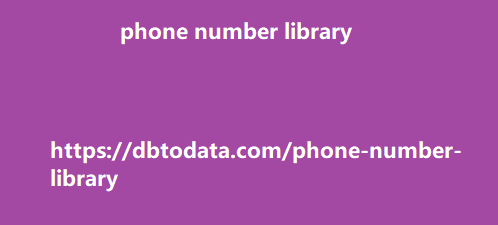Here’s what Google says about this particular method: “This meta tag allows you to specify a maximum snippet length, in characters, of a snippet for your page to be displayed on Google results. If the structured data (e.g. product name, description, price, availability) is greater than the maximum snippet length, the page will be removed from any free listing experience.” maxsnippet robots meta tag example Source: This is pretty self-explanatory. You can limit the maximum size of the image preview shown on your page’s snippet. You can either set it to “none”, “standard”, or “large”. This looks useful since some retailers and businesses invest in making their products look the best that it can be.
So, improving how the users see the product’s
image is a great factor in convincing the users to click on your particular listing, and hopefully, make a purchase. image limit robots meta tag example Source: Google Controlling the Information Inside Your Snippets You can use the “data-nosnippet” HTML attribute to leave out specific sections of your page in the snippet display. This allows you to show only the important section of your page to further improve your product’s display in search and, consequently, affect CTR. You must, however, be wary of this attribute since Google explicitly states that using this attribute to affect the information about your product’s price, availability, ratings, or the image will directly remove the listing altogether.
data-nosnippet robots meta tag example Source:
Google What should I learn about blog writing for SEO? Quick Answer: There are several points to blog writing that every writer needs to know. Understanding the basics of great blogging—evergreen content, when to publish, how to generate topics, how to set up for writing, and how to optimize your blogs—will help you enhance your content and boost your rankings. And, we go over each of these points here. We even cover how to refresh your old blog posts to keep gaining traffic! Overview Blog writing is a content marketing format that started as an online diary, and has since gained traction and found its way into business websites. It is one of the more accessible formats of content marketing, the strategic approach which aims to provide relevant and valuable information to one’s audiences and build a relationship with them.
According to OptinMonster, 77% of internet
users read blogs. If you don’t know where to start and how, this comprehensive guide is for you. How does blog writing help with SEO? Think of it this way—when your target audience asks a question related to your niche, you would want to be the one answering the question, right? You can’t answer their questions when you don’t include a means in your website to answer them. That’s what blog writing does for you. It gives relevant and useful answers to your target audience. And if you’re answering those questions well, the search engines have more reason to index your site and put you at the forefront of the SERPs.
Hence, according to Tech Jury, sites that
produce blogs have 434% more indexed bolivia phone number library pages than sites that don’t. That means these sites generate more traffic, potentially generating more leads and revenue as well. Companies that have blogs also get 97% more backlinks than other company websites, meaning they also get promoted through other people’s content because they took the time and energy to provide value and answer their target user’s questions Why you should prioritize evergreen content SEO-Hacker.com went live for the first time in April 2010—which means it’s been almost 12 years and I’m proud to say that we’re still going strong. Every year, our website traffic grows because most of our old articles are consistently generating us traffic as we produce more fresh content.
The secret behind this is age-old SEO advice:
evergreen content. And even though publishing evergreen content is such a classic SEO and marketing strategy, I assure you that it works up to this day. Don’t believe me? Check out the top 10 pages from January 10, 2021 to January 10, 2022 according to Google Analytics: Google Analytics for Blog Writing Most of the articles listed there were published a few years back and yet they are the ones that garner the most traffic even up to this date. That is the power of evergreen content. It’s a strategy I’ve used for my own websites and I’ve used it to make our clients’ website successful as well.
What is evergreen content Evergreen content
is a piece of content about a topic pagseguro are examples of systems that is still relevant even after a long time regardless of year, season, or trends. Compared to news articles and writing about trending topics, evergreen content will consistently bring your website traffic over time because there are people always searching about it. Evergreen content is such a crucial SEO strategy because it keeps your audience engaged and gives your website continuity. It should definitely be the backbone of your SEO strategy as the gains are far greater than the costs. What evergreen content brings to the table Long-term gains Think of evergreen content like an investment. When you initially publish an article that is evergreen, you may not get traction immediately in your article.
But as you rank higher, you would notice that
traffic will increase slowly If we compare fans data evergreen content to news and other trending topics, you would see that as time goes by, evergreen content can still generate traffic while news and hot topics will fall off a lot faster. Here’s an example. I wrote an article a few years ago about the easiest way to apply aggregate rating schema. Years later after its publishing, it is consistently getting traffic and is even my top article for the past year. easiest way two years ago. I wrote about Google’s announcement of the June 2019 algorithm update.







